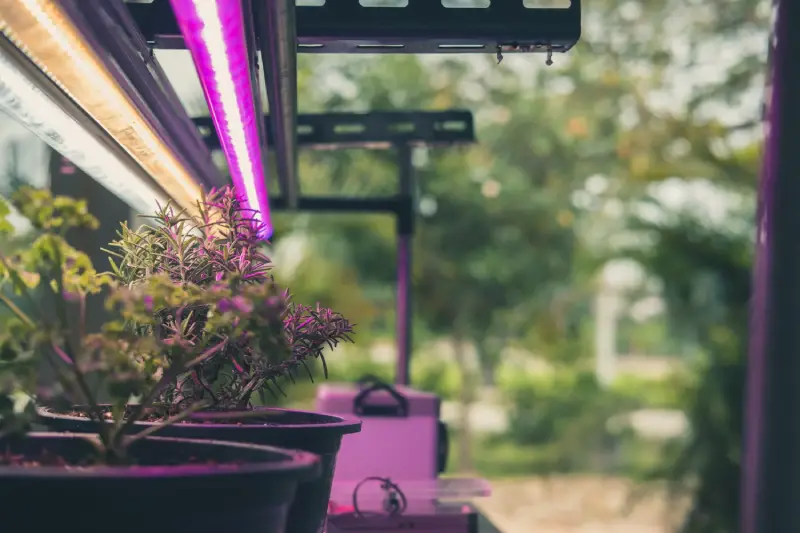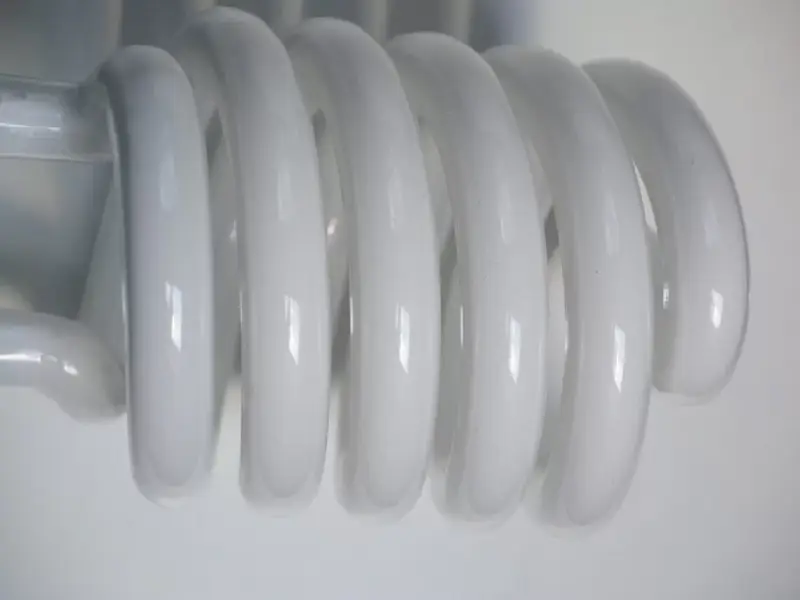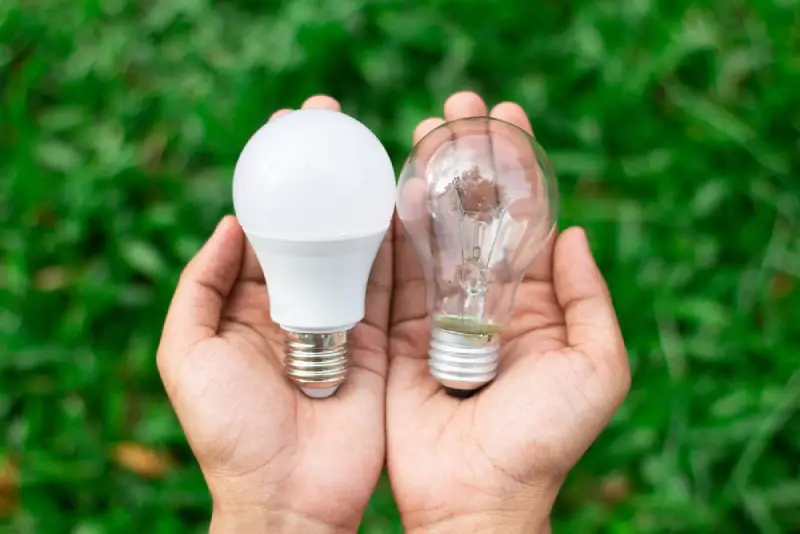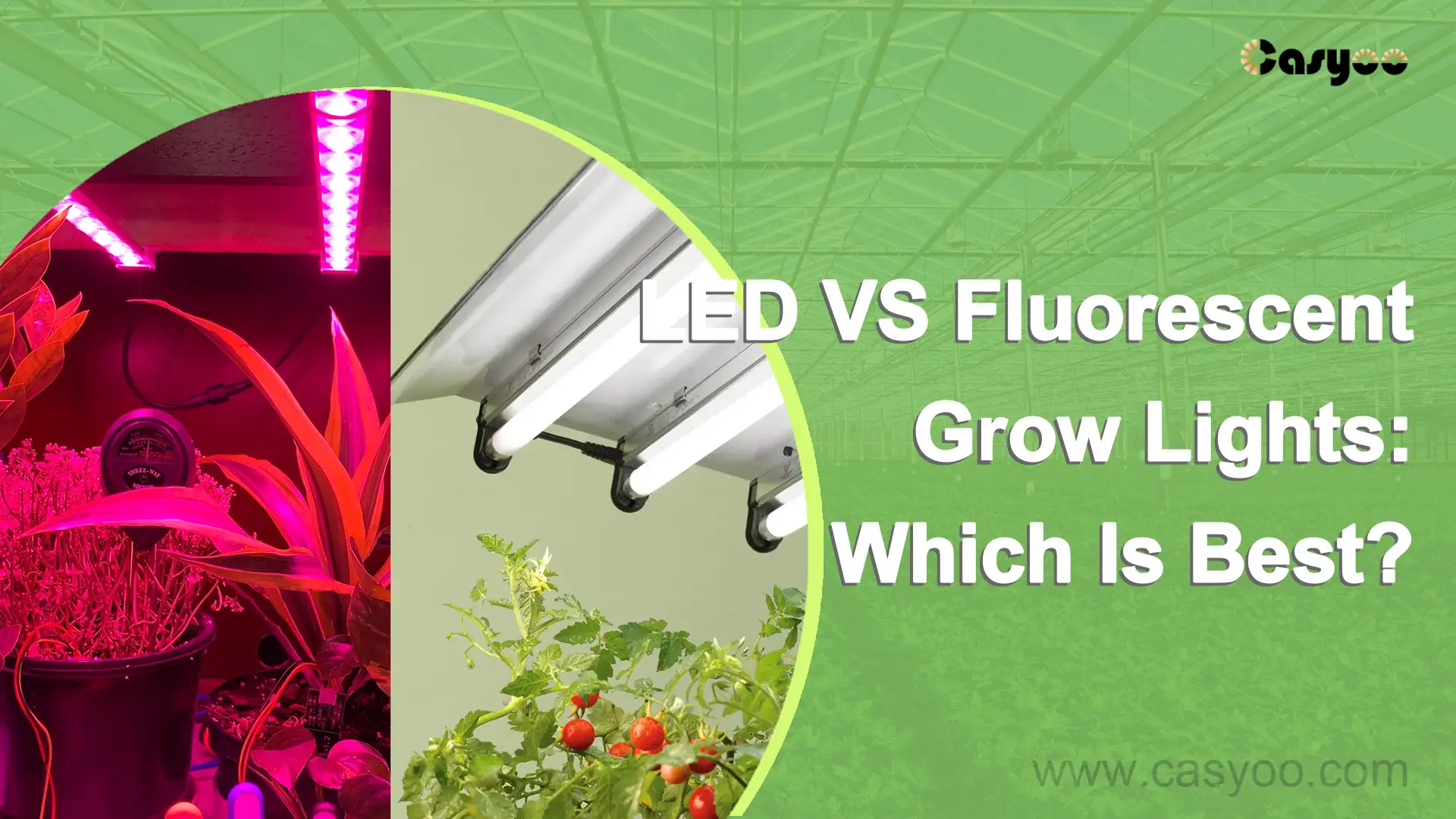You may wonder, are led grow lights better than fluorescent? You can start seeds and indoor plants with both of these kinds of grow lights. Yet there are a few differences between fluorescents and LEDs. In this blog, we’ll examine the differences between these two kinds: LED VS fluorescent grow lights, thus you can choose the ideal lighting setup for your indoor garden.
LED VS Fluorescent Grow Lights: Which Is Best?
LED grow lighting performs better than fluorescent lighting. It has an advantage because of its higher energy efficiency, longer lifespan, and long-term cost savings. Consequently, investing in LED lighting from a reliable manufacturer is a wise choice.
Fluorescent lighting does, nevertheless, serve a use. Fluorescent lighting might be a better option for hobbyists who are just starting with indoor gardening with a small number of plants.
LED Grow Lights

LED grow light is a type of solid-state lighting that employs an LED die, a semiconductor chip that uses electroluminescence to convert an electrical current into photons. Modern LED grow lights may be precisely tuned to emit the specific wavelength of light for the plants in different growth stages, or they can be made to emit the wavelengths of light that make up the natural daylight spectrum.
Advantages Of LED Grow Lights
Energy Efficient
Hydroponic agriculture clearly benefits from energy-efficient lighting, and LED grow lights are well known for this. Their solid-state technology has truly revolutionized the efficiency of lighting.
Long Lifespan
The fact that LED grow lights are solid state, as opposed to having vacuum or gas components that break down with time, contributes to their remarkably long lifespan. Longevity is further enhanced by features like the built-in heat sink, which removes heat from the fixture and disperses it into the air.
Emit Less Heat
In hydroponics, lower operating temperatures of LED grow lights are beneficial for two reasons. First, high temperatures in a grow room’s small area, necessitate the use of a cooling system—which raises your electricity costs. The second reason is that lights can be positioned closer to the plants when the heat output is reduced. This is crucial for indoor gardening because a plant’s ability to conduct photosynthesis decreases with distance from a light source. Consequently, the light efficiency improves with closer fixtures.
Save space
LED grow lights don’t require ballasts to control the current. Eliminating these features not only frees up space but also spares you the headache of figuring out how to put your lighting system together. Additionally, the majority of LED grow lights may be plugged straight into standard electrical outlets.
Disadvantages Of LED Grow Lights
High initial cost
Their initial cost is higher than other types of grow lights. Of course, the remarkable energy savings and long lifespan of LED grow lights will quickly make up for the large initial outlay.
LED chips are sensitive to heat
LED chips may fail due to high temperatures. For this reason, investing in high-quality LED grow light fixtures with built-in fans and heat sinks is crucial.
Fluorescent Grow Lights

Fluorescent grow lights contain glass fluorescent tube bulbs filled with mercury vapor and other gasses. They are often less expensive than LEDs, but they do require periodic bulb replacement.
Advantages of Fluorescent Grow Lights
Budget-friendly
Fluorescent lights are typically less expensive than LED grow lights. Just be aware that replacing fluorescent bulbs will be more frequent than replacing LED ones, which could eventually result in a higher cost.
More coverage
Compared to LED grow lights, fluorescent lights are often larger. They can typically supply light to more seedling trays and pots, despite the fact that this can make them more difficult to install in confined spaces.
Disadvantages of Fluorescent Grow Lights
Not good for the environment
Fluorescent light contains a hazardous heavy element called mercury. It poses a health danger when mercury vapor breaks. It also damages the environment when they are disposed of.
Shorter lifespan
The main drawback of fluorescent grow lights is that compared to most other grow light technologies on the market today, their service life is much shorter.
Comparison of LED vs Fluorescent Grow Lights

Below is a thorough summary of fluorescent light vs led for plants:
Energy Efficiency
In this regard, fluorescent lights are inferior to LEDs. A 600-watt fluorescent grow tube and a 300-watt LED grow light, for instance, both provide the same amount of energy.
Lifespan
In comparison to fluorescent lights, LEDs have an average lifespan of 50,000 to 100,000 operational hours. When used properly, an LED grow light can actually live up to 10 years!
Ease of Use
Plants require a blended “warm” and “cool” lighting for optimal growth. Warm lights alone produce short, bushy plants devoid of flowers. Conversely, plants that are continuously exposed to cool lighting become spindly and brittle. Farmers have been employing 2-tube fluorescent lighting systems with one warm and one cool bulb to circumvent this issue. LEDs are becoming more and more superior to this 2-tube fixture. LED full-spectrum grow lights can output the full lighting spectrum with a single bulb.
Light Spectrum
Light spectra have a great impact on plant growth. LED grow lights can emit light at specific wavelengths, whereas fluorescent lights try to mimic that light using various phosphors. Fluorescent tubes create a lot of yellow and green light, which gives the impression of white light to humans but is not easily absorbed by plants.
Heat Output and Noise
Fluorescent lights produce a lot more heat than LEDs, even though they produce less heat than many other lights. The heat must frequently be vented and closely supervised.
While LED grow lights are completely silent and don’t lose light intensity as soon, fluorescent lights age and can have an irritating buzz and flicker.
Cost
In general, LED lighting costs more than fluorescent lighting. However, over time, LED maintenance can prove to be less expensive. Less energy use translates into cheaper electricity costs. Better durability translates into lower replacement and repair expenses.
Installation
LED grow lights are lightweight and simple to install, while fluorescent lights have their uses, they might be difficult to put on a small plant rack because they are typically larger and bulkier.
Casyoo has always been committed to the highest standard of customer service. Check our LED grow light collection here.




